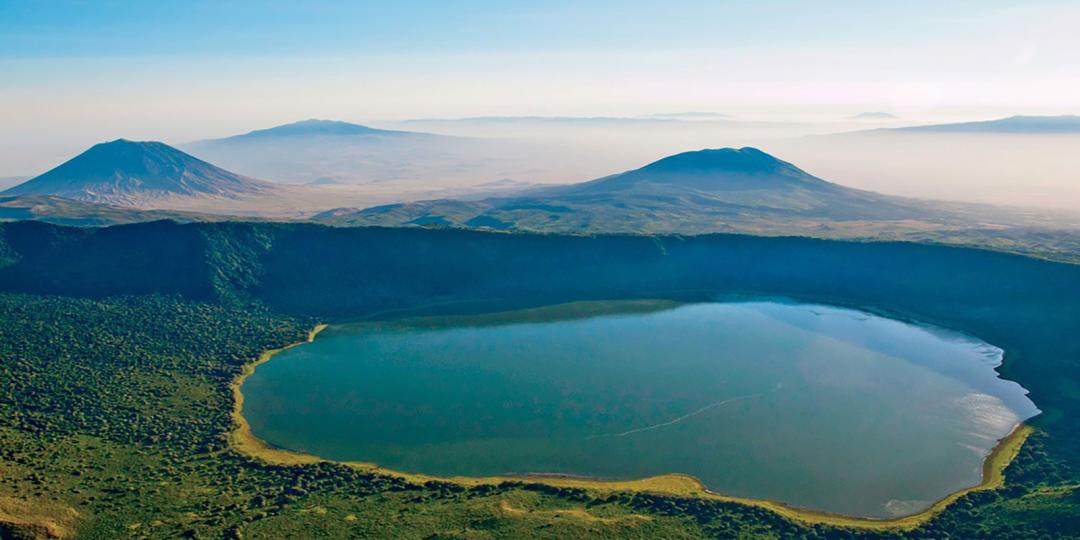Ngorongoro Conservation Area (NCA) has become Tanzania’s single leading tourist destination, accounting for over half of the 1.3 million visitors to the country.
According to The Citizen, this year the region is anticipating a record 750 000 visitors, generating Sh156.5 billion (€46.8 million). This projected number surpasses 2017/2018, where nearly Sh125 billion was collected.
Speaking at the Ngorongoro Investment Forum on Tuesday (July 17), Tanzania’s Deputy Minister for Natural Resources and Tourism, Japhet Hasunga, said: “The number of tourists visiting NCA continues to surge and this is heartening,” reports The Citizen.
The Deputy Minister went on to explain there had been a 19% increase in visitors in 2017, with 601 448 in 2017 compared with 567 983 in 2015.
As for revenue over the last three years, 2015/2016 brought in Sh70.7 billion (€26.5 million), 2016/2017 brought Sh102 billion (€38.2 million) and in 2017/2018, Sh124.9 billion (€48.8 million).
Hasunga believes that, with increased investments, NCA will soon be bringing in more revenue, whilst emphasising the need for an improved environment for doing business.
He went on to challenge the Ngorongoro Conservation Area Authority (NCAA) to establish mechanisms that support investments and diversification of tourism products.
Back in 1959, the 8 292 square kilometre NCA was established as a multiple land use area, mandated to promote conservation, tourism and pastoralism.
From its beginnings in the 1950s, when the area faced issues of inaccessibility, it is now attracting thousands of tourists.
Joshua Mwankunda, NCAA Manager in charge of the Geopark project, told The Citizen that geological sites would be added among the tourist attractions, aiding their diversification efforts.
He said this had been proved by the recent registration of Ngorongoro as Africa’s second Geopark, namely, the Ngorongoro Lengai Unesco Global Geopark.
The NCA is a protected area and a World Heritage Site 180 km west of Arusha in the Crater Highlands area of Tanzania. The area was named after the world-famous Ngorongoro Crater, a large volcanic caldera in the area.























